East Indian Fugias
This is the authentic recipe for east Indian bread recipe often referred to as balloon bread. Similar to the varias, these fugias are a must-have bread at any East-Indian wedding celebration or festive dinner. It needs a bit of practice in the beginning but is a fun bread to make.

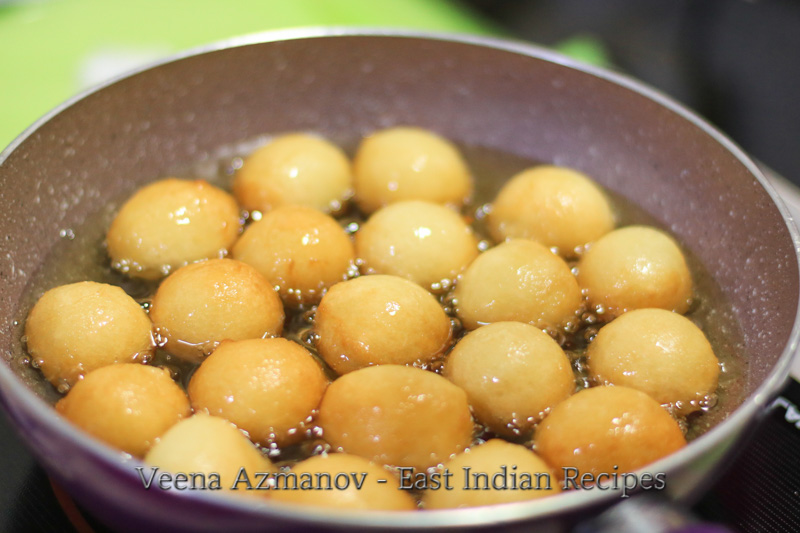
Traditional bread such as apas, chitiaps, varias were very common in East Indian households.
These fugias or foogias pronounced as fu-gya-s is a delicacy!! They are light, airy and so delicious you find yourself always coming back for more. The best part is that though they are bread they are often eaten on their own without anything at all.
This slightly sweet bread is made with plain flour and yeast that has been fermented overnight. The fermented dough is then formed into balls and deep-fried until golden. These are delicious on their own and are perfect when served with other East-Indian curries such as vindaloo, sorpotel, chicken, or mutton khudi, etc.
Unlike my instant fugias that take just 30 minutes, this recipe is made with yeast so it does need time to rise and ferment.
How to make fugias – Three methods
Method 2 – Traditional
The traditional method to make fugias is to squish the dough in the palm of your hands. The little dough that escapes between the thumb and forefinger on top forms a ball. Pinch this ball with damp hands and drop it in the hot oil.
However, that has never been my favorite method many years ago. I did eventually get the hang of it but I knew I had to find a better way for those who struggle like me. Over the year through trials and errors, I have found that these two methods work well and produce perfect fugias if not better.
So if you have any young people that would love to make fugias please do share this with them. Also, I’d love to know in the comment if you do try any of these methods and if they worked as well for you as they do for me.
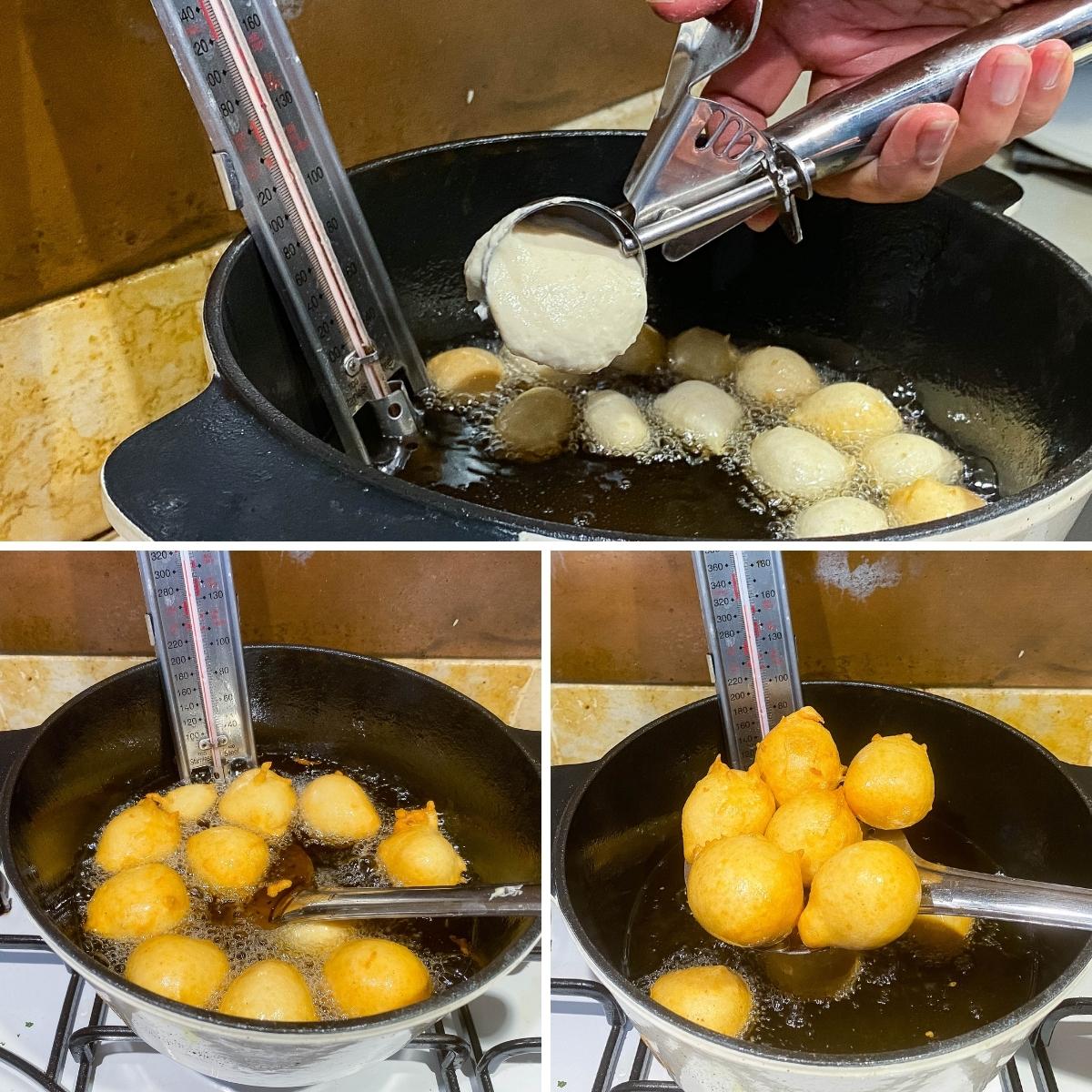
Method 2 – Using a small cookie scoop
- While you can use two spoons to drop the batter into the oil. I find a small size cookie scoop does a better job.
- The dough falls into the oil easily if you dip the scoop in oil before you dip it the dough.
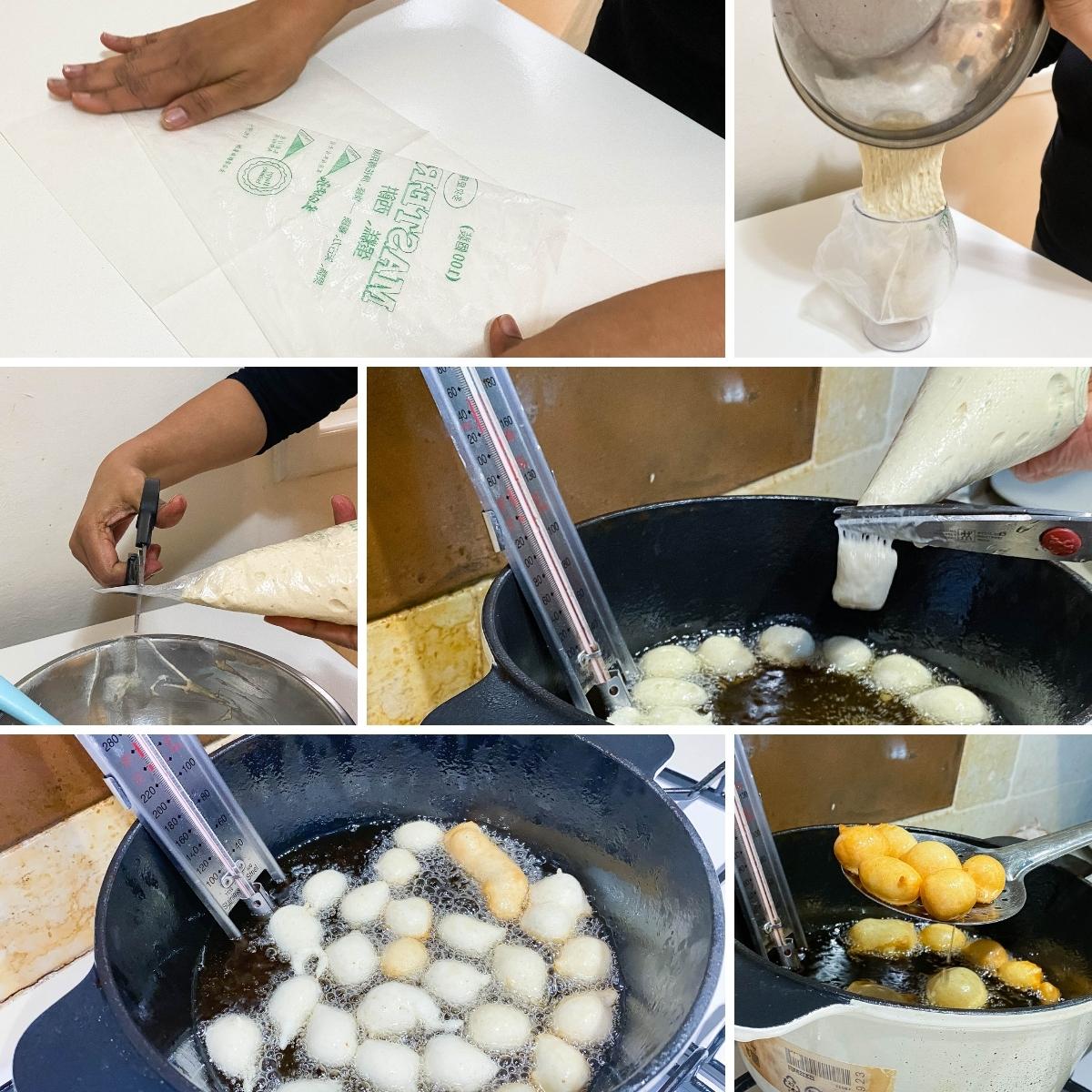
Method 3 – Using a piping bag and scissors
- Take a large piping bag and flip it inside out. Smear the inside of the bag with cooking oil. The flip it back so the oiled side is in. (the oil helps the dough move easily)
- Place the piping bag on a tall glass. And pour the dough inside (see picture)
- Next, cut a hole about 1/4 inch at the end of the piping bag
- Holding the bag over the oil, squeeze the dough out of the bag, and cut with a scissor. The dough should fall into small balls. The beginning will be weird and uneven but as you do a few you will get the hang of it.
- Continue to make the fugias in batches.
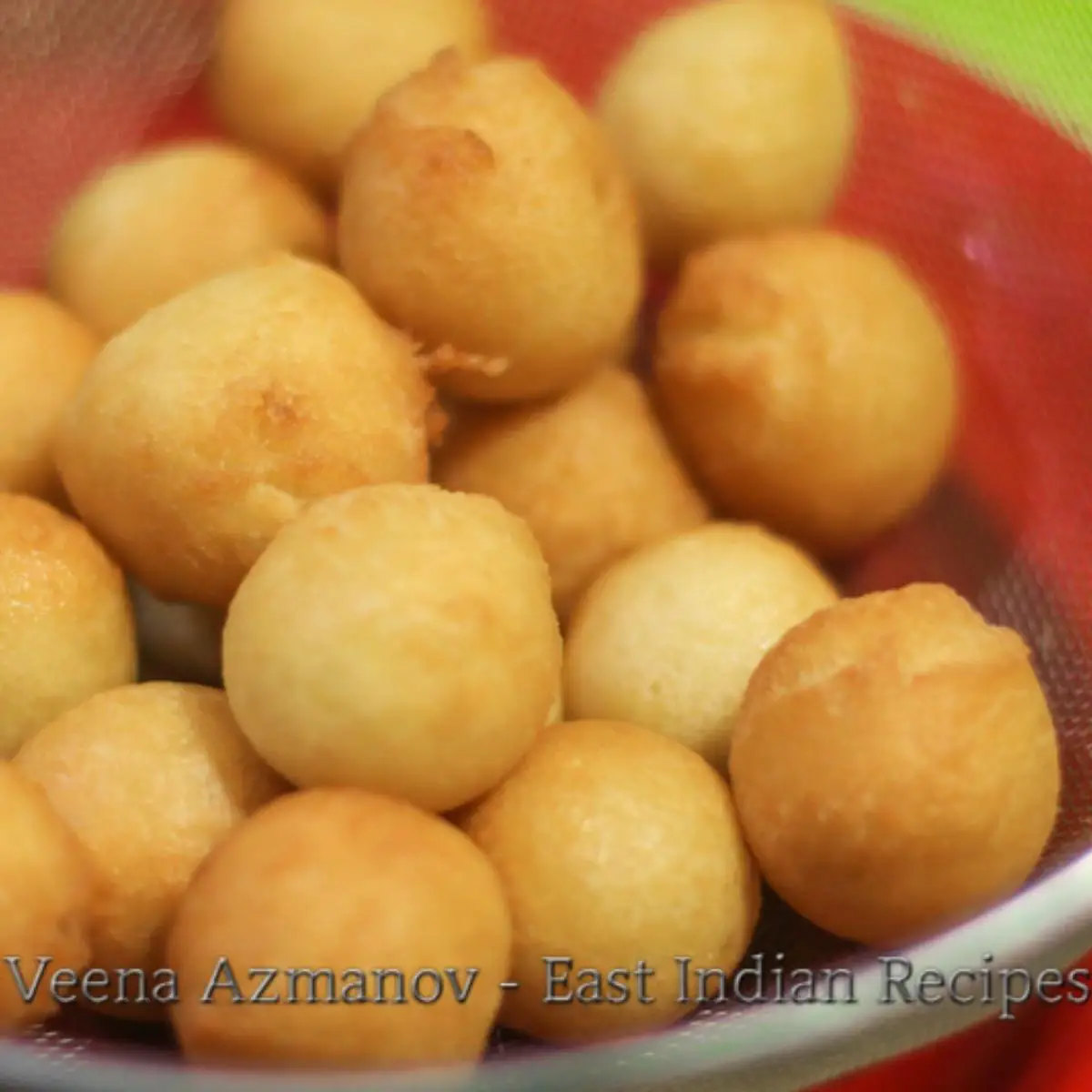
Frequently asked questions
Fugias are best eaten fresh the day they are made. However, they can be kept at room temperature for 2 to 3 days. You can also keep them in the fridge for up to a week.
Place the fugias in a bowl, top it with a damp paper towel, and heat in the microwave for a minute for more on high. The steam created by the paper towel refreshes them and makes them fresh.
Any flavorless cooking oil that has a high smoking point will work. I like to use canola or sunflower oil. Grapeseed oil works just as well. Do not use olive oil because apart from the strong flavor olive oil should not be heated at high temperatures for deep frying.
Absolutely! freeze them for up to a month or more but no more than 3 to 4 months.
Pin this and other East-Indian Recipes on Pinterest here. Don’t forget to like and Follow for more recipes.
Ingredients
- 2 lbs (1 kg) Plain flour, maida All-purpose flour
- 1 tbsp Yeast Fresh
- 1 tsp Sugar
- 3 Eggs large
- 1 cup (240 ml) Coconut milk
- 1/4 cup (40 g) Rice flour
- 4 cups (1 l) Cooking oil for deep frying
- 1 tsp Salt
Instructions
Fugias Batter
- Dry ingredients – In a large bowl combine the flour with salt, sugar, rice flour. Use a whisk to combine well. Pro tip – use a large bowl about 4 times the size of the dough to allow the dough to rise.
- Wet ingredients – In a separate bowl, combine the eggs, coconut juice, and yeast. Use a whisk to ensure there are no lumps.
- Next, add the liquid ingredients to the dry ingredients. Combine well and knead for three minutes.
- Unlike bread, this is not a stiff dough, instead, the dough will be loose and sticky, similar to batter consistency. Pro tip – we do want a loose sticky, batter, consistency dough so do not add flour.
- Cover with a damp towel and rest for at least 2 hours or overnight Pro tip – traditionally this dough is kept to prove and ferment overnight. This develops the yeast and adds a wonderful flavor. If possible leave to prove overnight.
Deep fry Fugias
- Pour oil into a deep pan or deep fryer. The oil should be hot about 325°F to 350°F (or 160°C – 175°C)
- The traditional method to make fugias is to squish the dough in the palm of your hands. The little dough that escapes between the thumb and forefinger on top forms a ball. Pinch this ball with damp hands and drop it in the hot oil.Pro tip – if you are new to making fugias I have given two other methods in the post that you may like to try.
- Fry them in batches until lightly golden. Remove onto a paper towel with a perforated spoon.
- Continue until all dough is used up.
About Videos – most recipes has two videos – a quick version in the post & longer detailed version on this recipe card. Please do subscribe to my channel if you like my videos
Nutrition Information
The nutrition information and metric conversion are calculated automatically. I cannot guarantee its accuracy. If this data is important to you please verify with your trusted nutrition calculator. Thank you
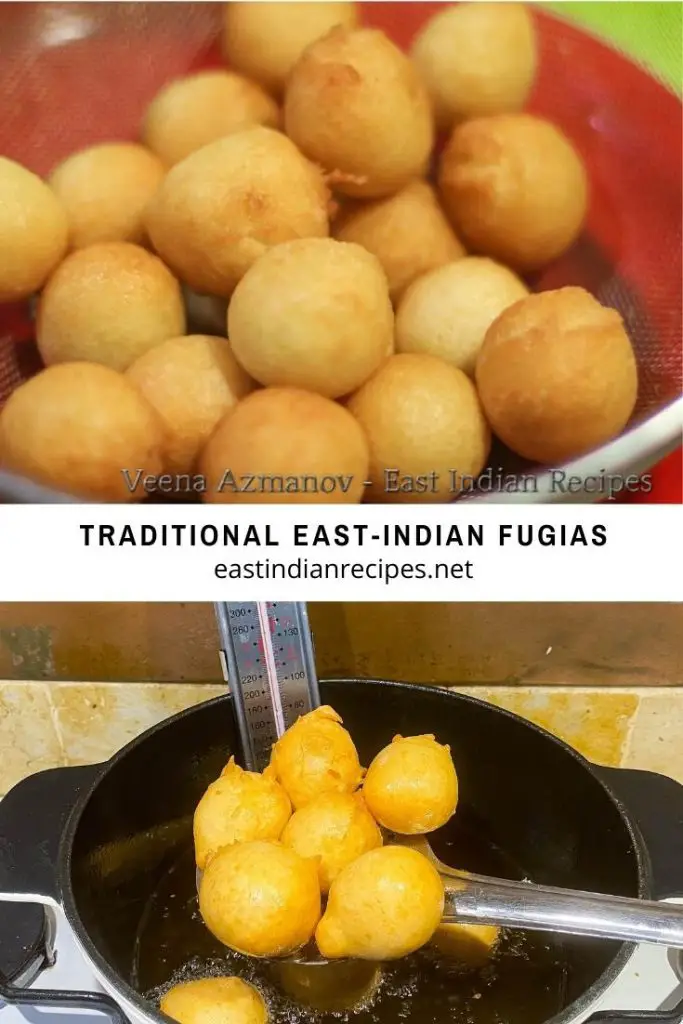
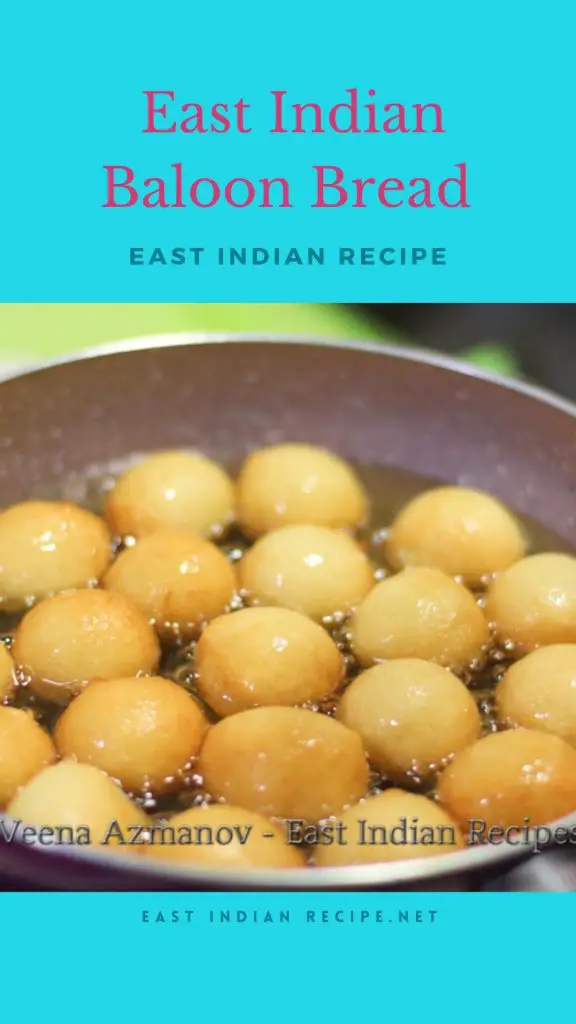

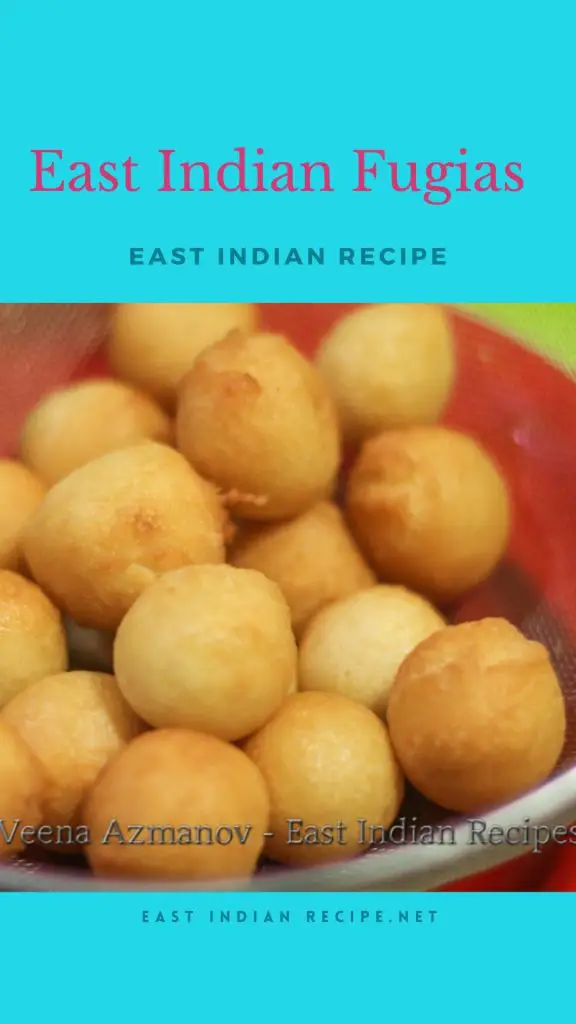
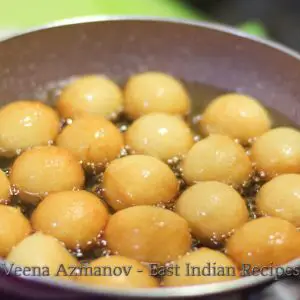

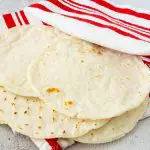

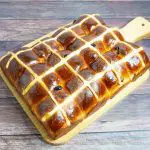
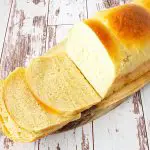
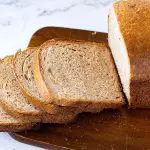

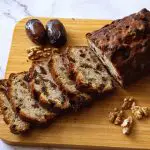
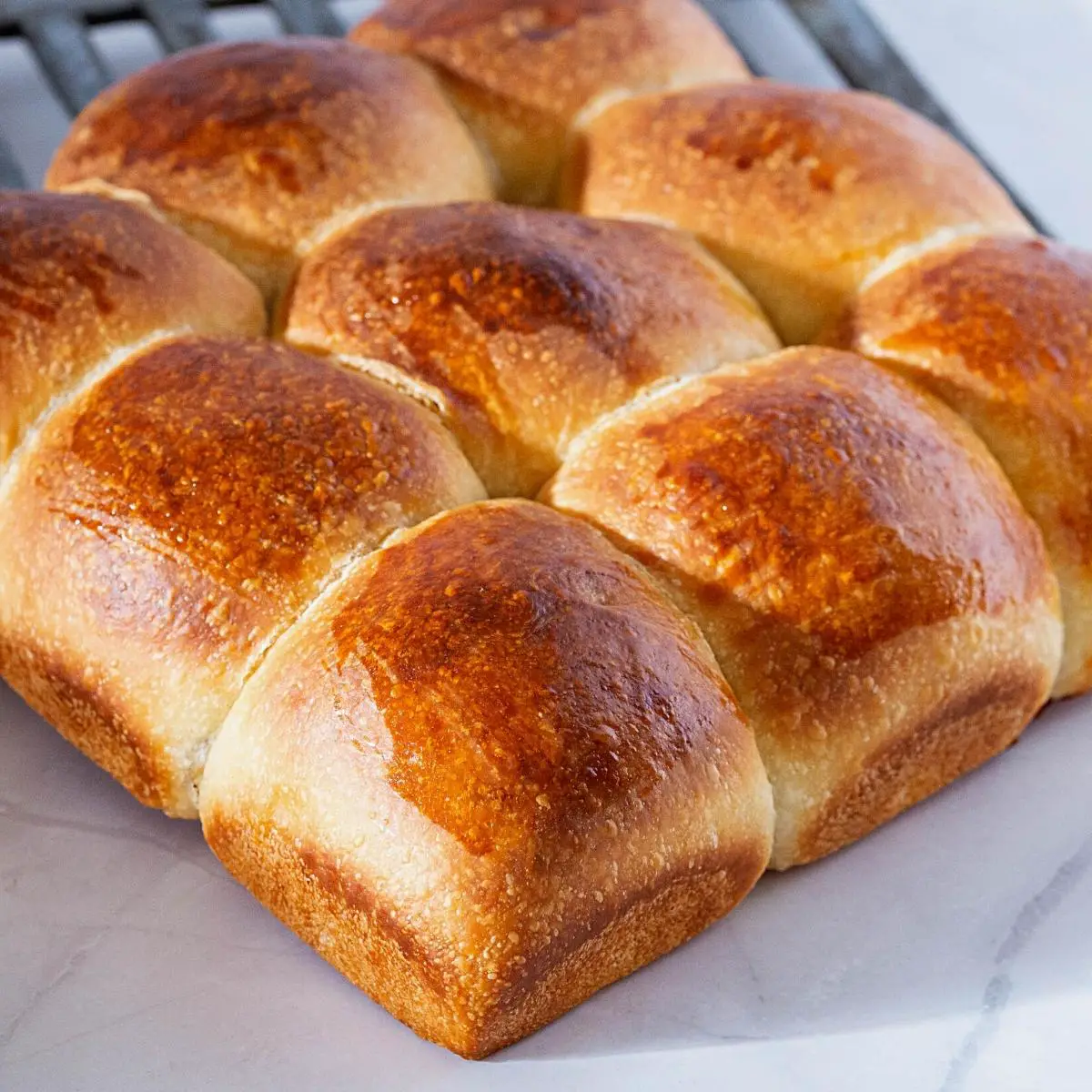

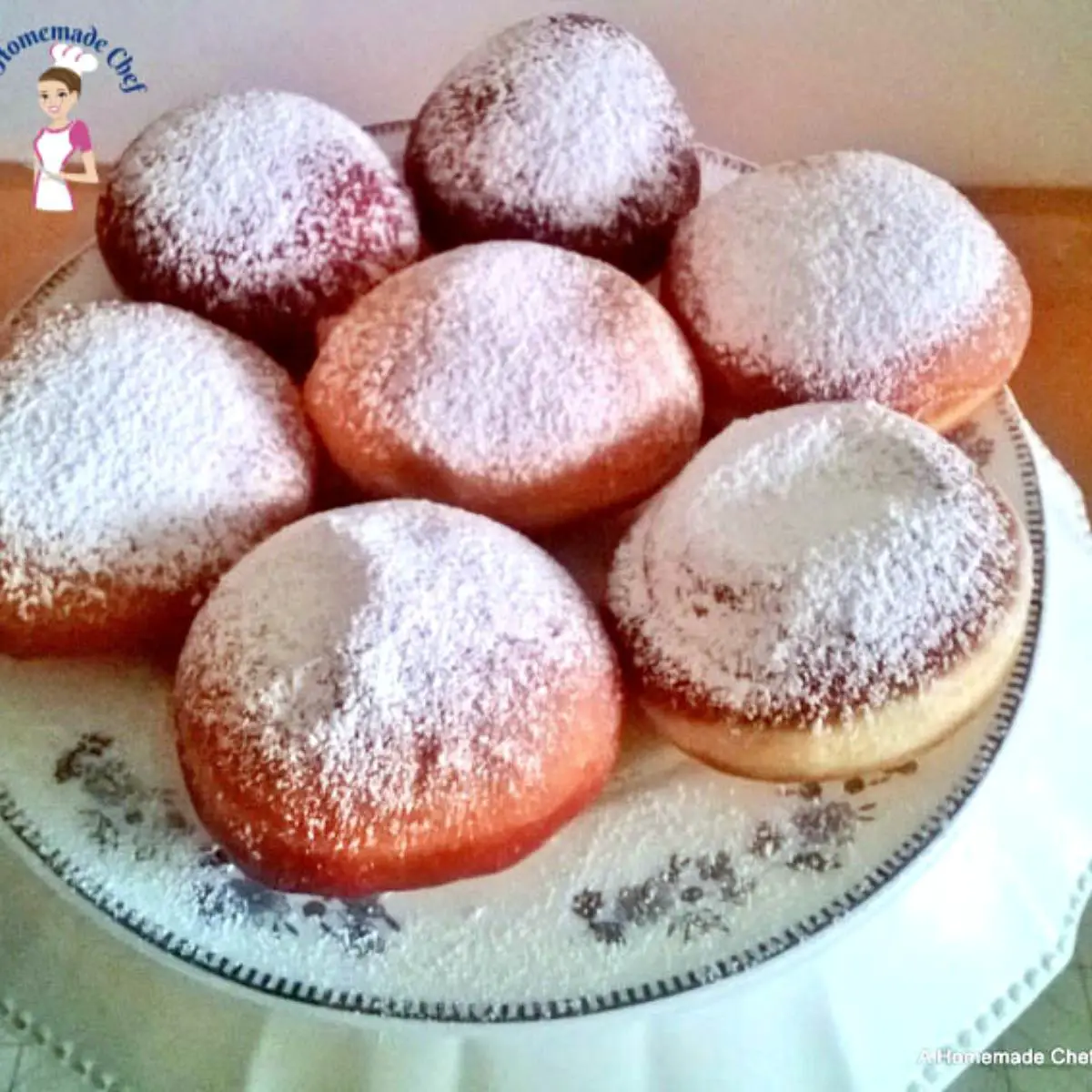
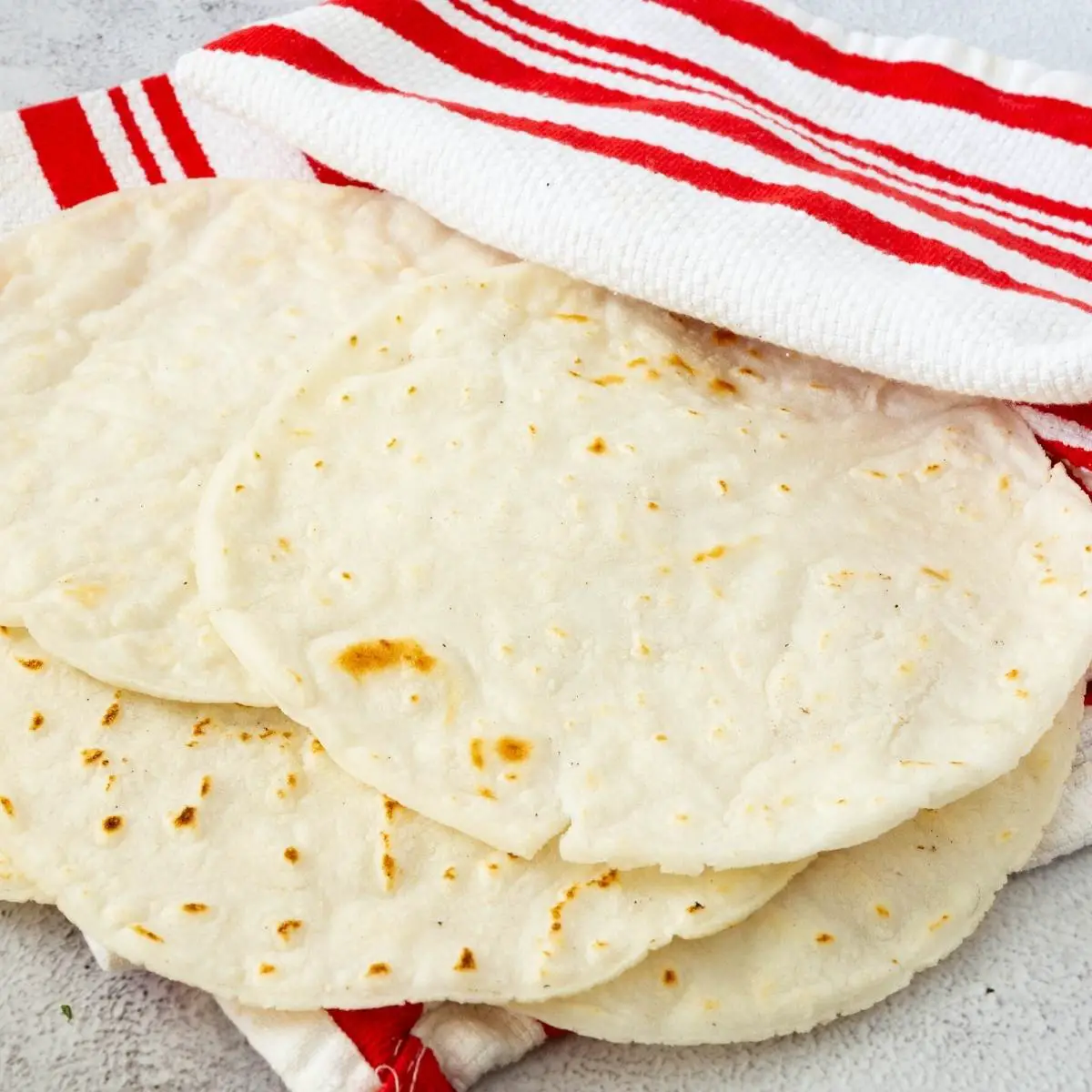
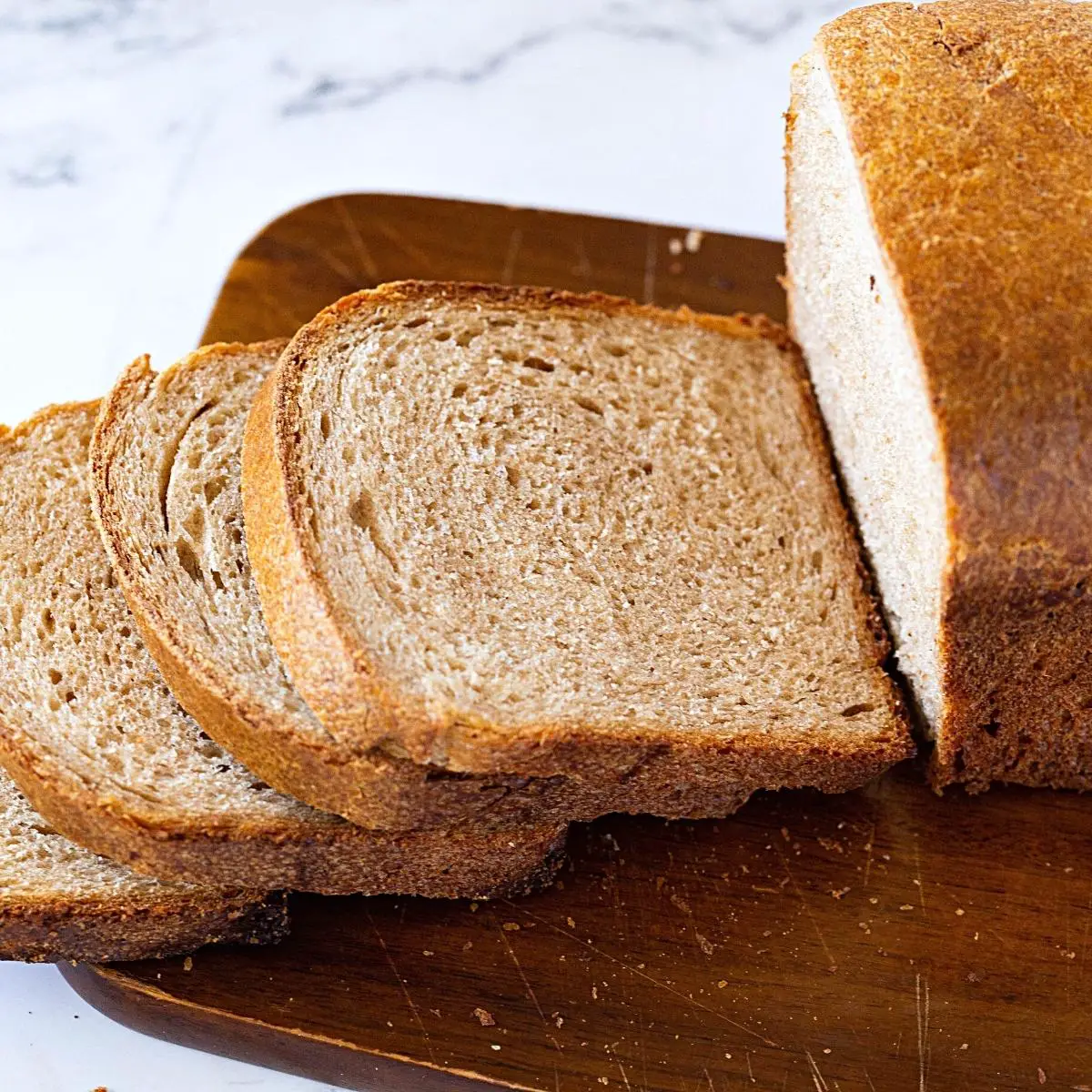

Hi,
Would there be any alternative to coconut milk, as i dont have that easily available.
You can use water, Jess
Hi Veena, can I used dried yeast instead? I don’t have fresh yeast.
Yes of, course, Glynnis. If you keep it overnight use only 2 tsp instant dry yeast, if you keep it for two hours use 2 1/2 tsp instant dry yeast.
Thanks Veena. And, is it okay to fry the fugias a day before or do we have to fry them on the day they are going to be eaten?
Glynnis. Like Donuts always make fugias on the day you want to serve them. They are soft and impressive. You can eat leftover fugias the next day. The dough can be made a day in advance and kept in the fridge. Thaw an hour before you are ready to serve
Hi Veena, I made the fugias yesterday. Everyone loved them. The only thing was I needed to use more coconut milk to get the dough to the right consistency when kneading. Will definitely make again. Thanks for sharing the recipe. Brought back so many memories when making and eating them.
Thank you, Glynnis. All flour absorbs differently so if needed you can add a little more liquid, or vice versa.
Hi. Just bumped across your blog while searching for a garma masala recipe.ni too never write mine down and forget it the next time i want it. I’m an Eastindian from Borivali, my mum is from gorai, dad originally from Juhu. Grandfather settled in Borivali when young. My husband is an EI from Ghodbunder (kashimira parish). i have 2 girls 18 and 22. we all enjoy our traditions and cuisine. thanks for sharing your knowledge. It was great to know you. i have relatives in Kalina, kolovery village.
Hey Deena, Great to meet you too. Thank you for the lovely words. In these modern times, it is important for us not just to save these old recipes but also to find ways to make it easier for the younger generation to recreate them. I am happy to see that many younger East Indians are enjoying my methods and recipes to these traditional recipes. Thanks